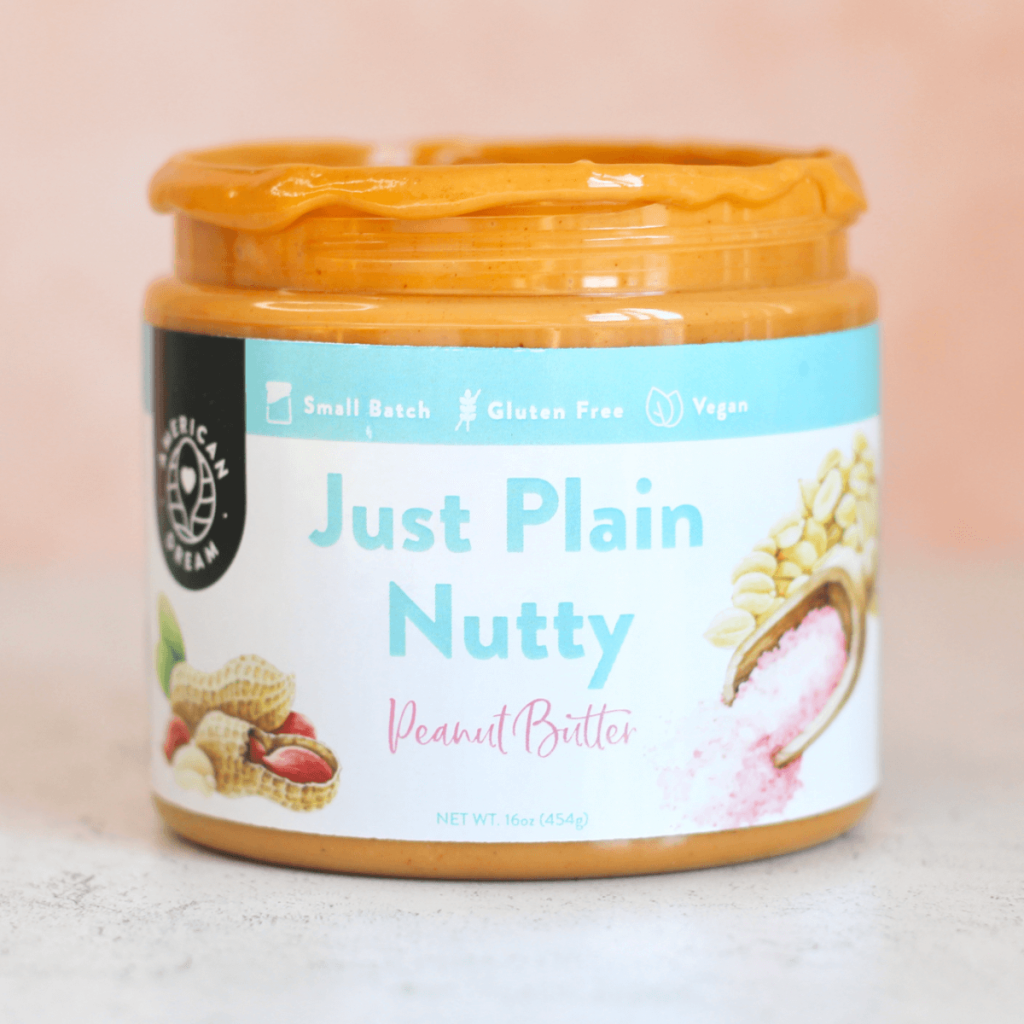
Did you know that Americans consume about 700 million pounds of peanut butter every year? Whether it’s in your sandwiches, protein shakes, or just eaten out of the jar, peanut butter is something that’s always in demand.
But just how are they made? What goes into making one of the most prolific and delicious condiments out there?
That’s what we’re here to look at today. Read on to find out more about how the best peanut butter is actually made.
Planting and Harvesting
You can’t make peanuts unless they’re planted and grown like any other plant. Peanuts are most often harvested in April or May, though that depends on the climate. They’re harvested from August through October.
Once they’re harvested, they’re often delivered to a plant or another facility for cleaning. Blowers can remove all the stems, dirt, sand, and other impurities before they’re sent for shelling.
Shelling to Processing
To get to the edible part of the peanut, they’re often passed through a few machines to make sure all the nuts are being taken out without harming them. They’re shaken, air blown, and gently tumbled until de-shelled.
The size of the peanuts is also checked, as are any potential defects or blemishes. They are then packed and sent to the peanut butter manufacturers.
Making the Butter Itself

The first step to making the butter is dry roasting. This is done in big batches or through a continuous method. Revolving ovens are often used to uniformly roast the nuts.
Large manufacturers often prefer continuous methods, as it’s cheaper and more efficient. Some, however, use the batch method. This allows different varieties of peanuts to roast separately.
Batch methods also allow peanut butter makers to see which peanuts need attention. This is crucial if you want to make the best peanut butter with the right peanut butter flavors.
Cooling and Grinding
Once the peanuts are thoroughly roasted, they have to cool back to temperature as soon as possible. Metal cylinders or blower-cooler vats often do the trick.
Heat and water remove the skins from the peanuts. Peanuts are then blanched in water or with heat and inspected to make sure no blemished peanuts are ending up in the final product.
Once all that’s done, the peanuts are then ground using two different stages. This is to make sure that each peanut grounds uniformly, and the finer grinding leads to a smooth texture.
Things like salt and other ingredients are added to the ground products to help get to a buttery texture. It’s then refrigerated to maintain its proper consistency.
Packaging

Once all that’s done, the next step is to package them to be shipped out. The butter is placed in a peanut butter jar and sent out for sale.
Keep in mind that different nut butters have similar yet slightly different processes. If you want to explore more nut butters, you can do so by clicking that link there!
Finding the Best Peanut Butter
The best peanut butter goes through a properly planned and rigorous process to make sure the end product is as good as it can be. Use this article to understand just what that process entails.
For more informative articles on food and other topics, check out the rest of our site!